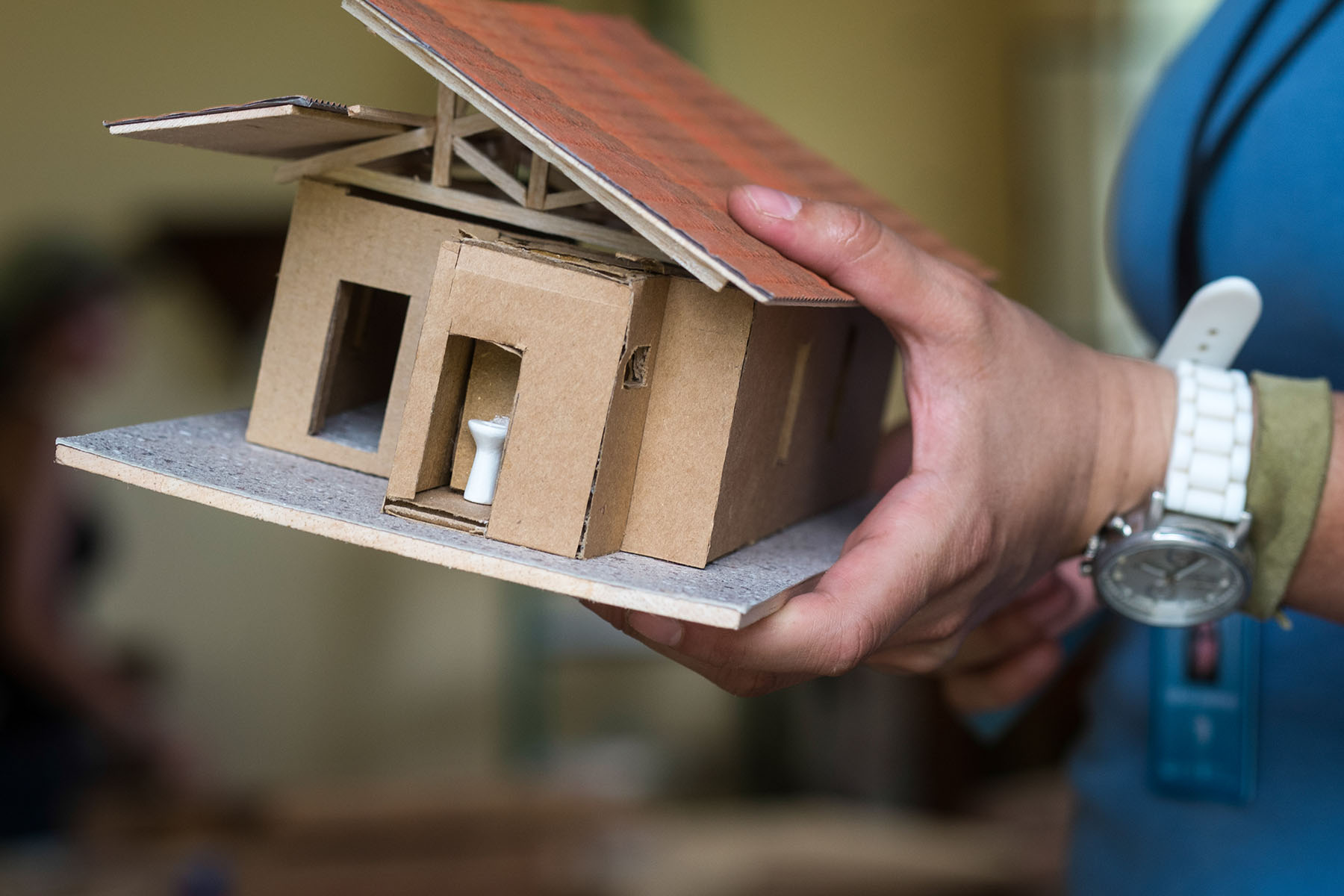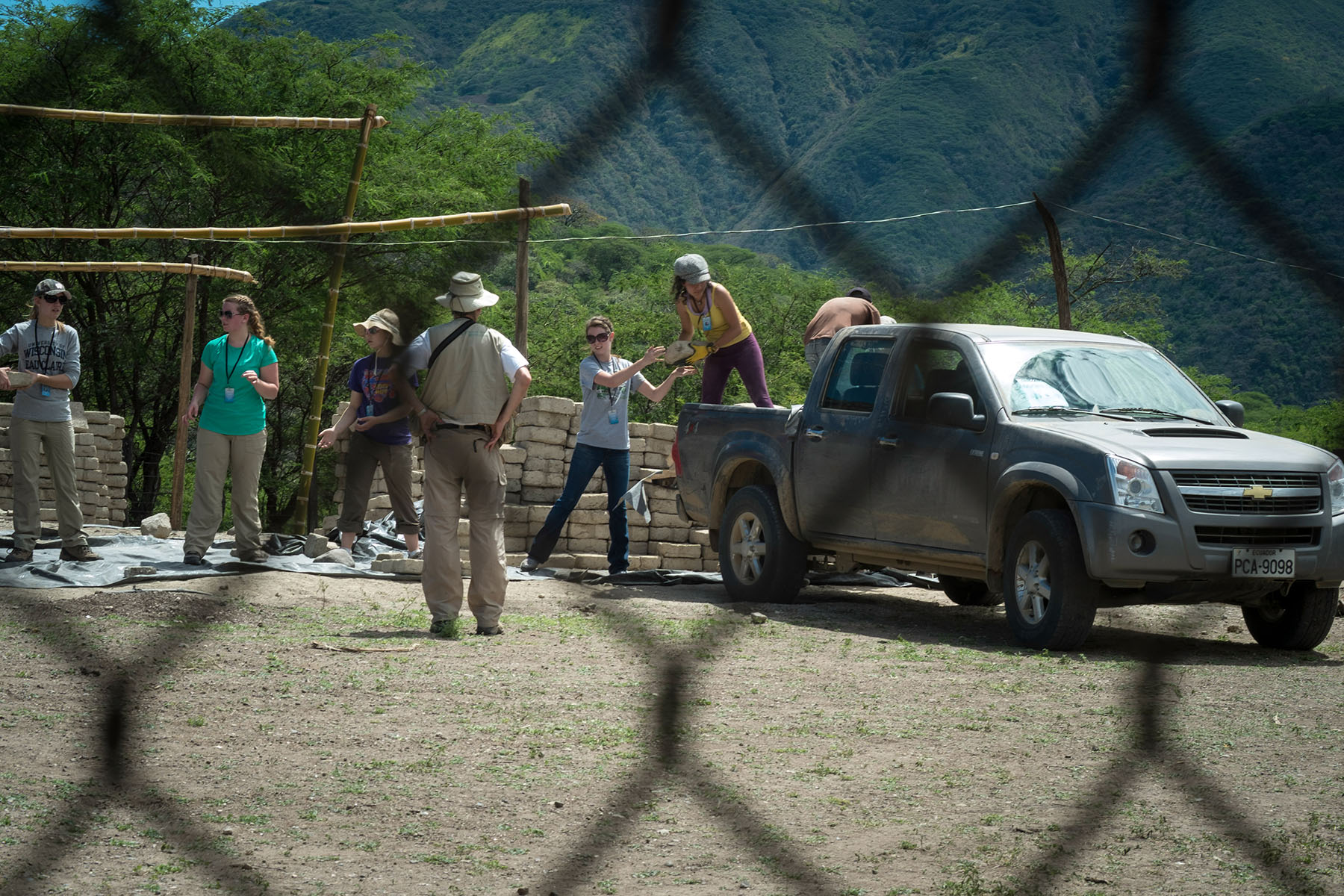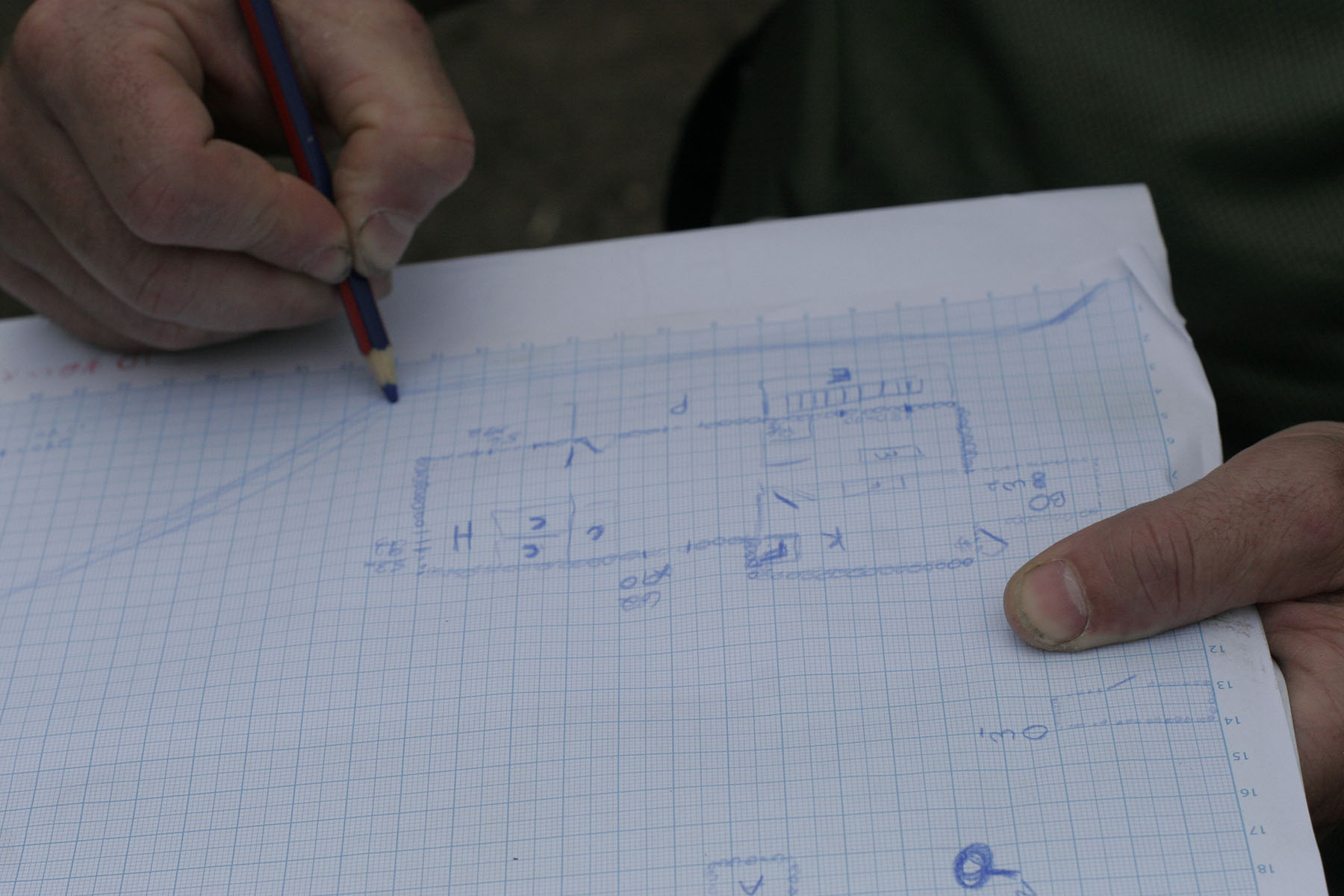By Daniela Grijalva

Houses, or Homes?
Most people would agree that every human in this day and age has the right to a home, but the concept of home is often generalized across development spaces, literature, and individual thought processes quite differently. Is a home the physical space where one sleeps at night? Or maybe the area that houses any worldly possessions you’ve picked up along your way? The address where your mail is delivered? The location where you felt the greatest sense of love, or belonging?
Throughout history, the idea of a home has differed importantly from the concept of mere housing due to a combination of all those factors. A home implies a sense of well-being, safety, belonging, and is highlighted by its emotional connections. A home can consist of a house, a space, a community, and for some, even extends to a whole country. In this sense, homes are more than just a structure, to be constructed and perhaps inhabited, and are thus far harder to create than mere houses, requiring careful attention to those emotional connections that make the area so special.
In 2008, the Healthy Living Initiative discovered that changing the structural features of underdeveloped housing in rural southern Ecuador could be a real game changer for residents living under the threat of Chagas disease. With better structures, it was clear that the main carrier of the disease, the kissing bug, wouldn’t be able to access and infect its victims, thus making new housing models a top priority. But researchers knew that tackling the widespread problems of health, poverty, and neglect rampant in the region, reminiscent of many underserved regions around the world, would need to go beyond simple constructions. In order to really make a comprehensive change, these new buildings had to feel like home, and continue to uphold and honor the cultural and emotional connections that communities create in their personal spaces.
Bricks and Love Creating Homes

To answer the question of how to build a proper home that (1) prevented Chagas disease and protected its inhabitants from other zoonotic diseases and (2) create a living space that would truly look and feel like home, our teams worked tirelessly alongside our community partners in the Loja province, beginning with the small communities of Chaquizca, Guara, and Bella Maria. Our scientific research teams had worked for years with these communities in the past to collect the initial research on the prevalence of Chagas disease and the kissing bugs, cultivating a relationship of trust, positivity, and friendship with the very people we hoped to help. Architects, psychologists, social scolars, and various other academics from Ohio University and Pontifical Catholic University in Ecuador worked hand in hand to determine traditional building practices and materials, important spaces within homes, and efficient building structures that would also protect people from the extreme weather endemic to the region. In (YEAR), the first Healthy Home was built as a collective effort between our vast international teams, and its success as a proper home in all senses has paved the way for subsequent and future constructions.



